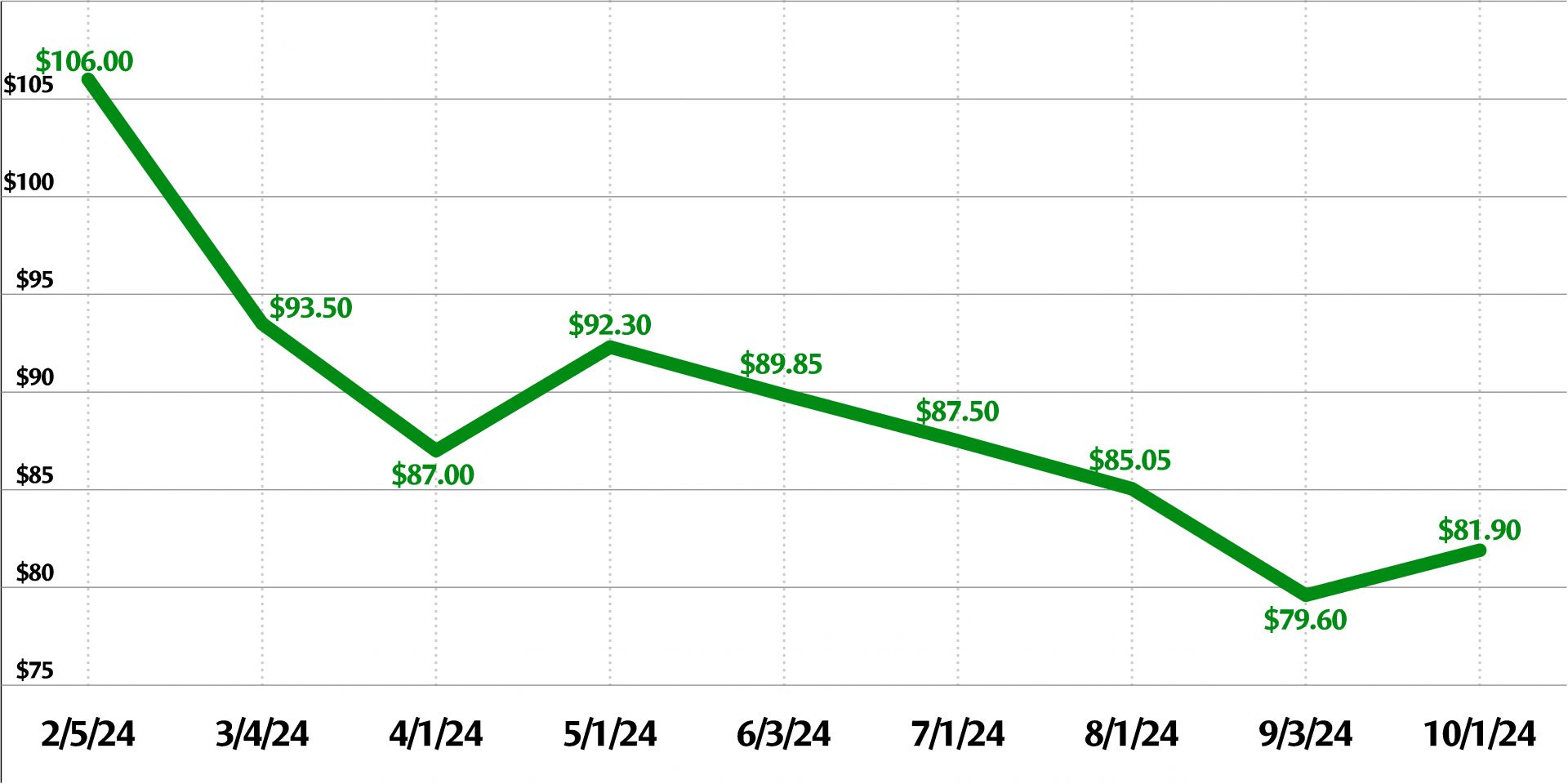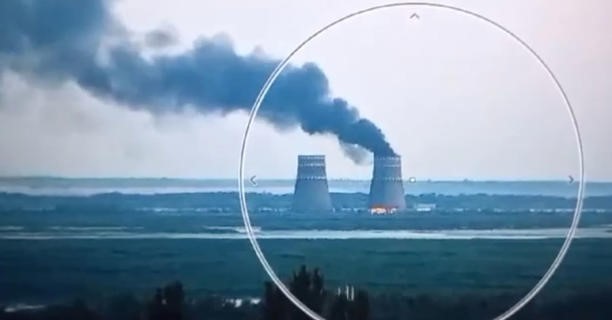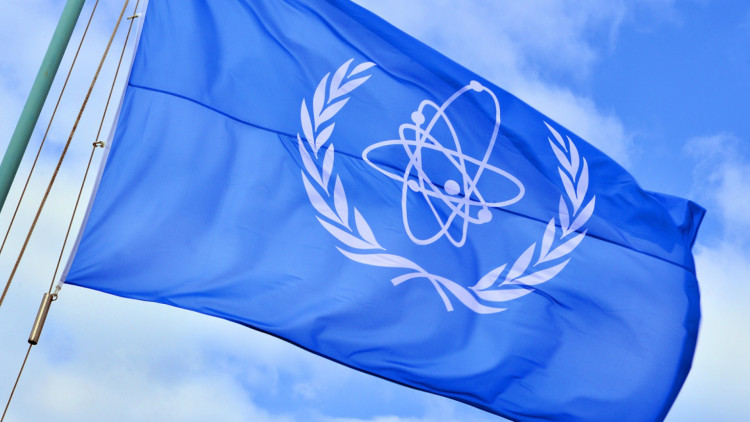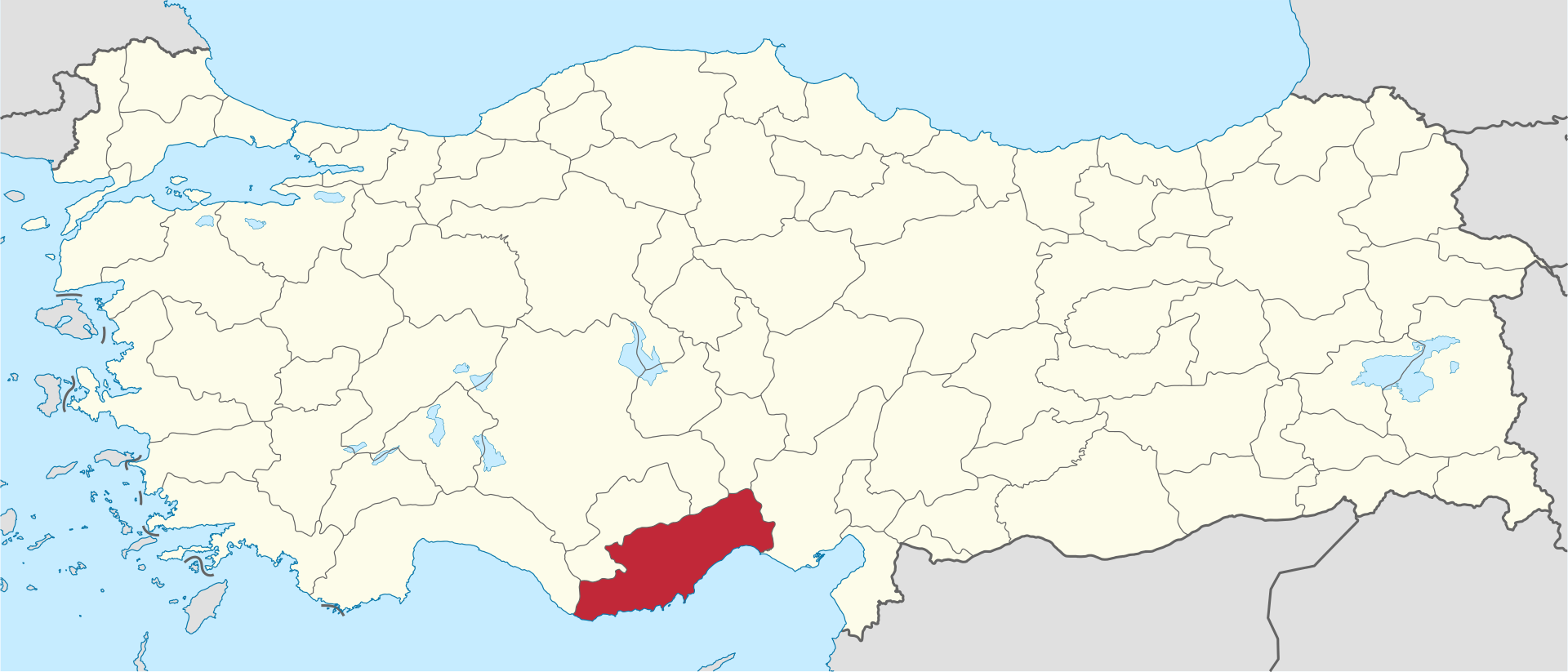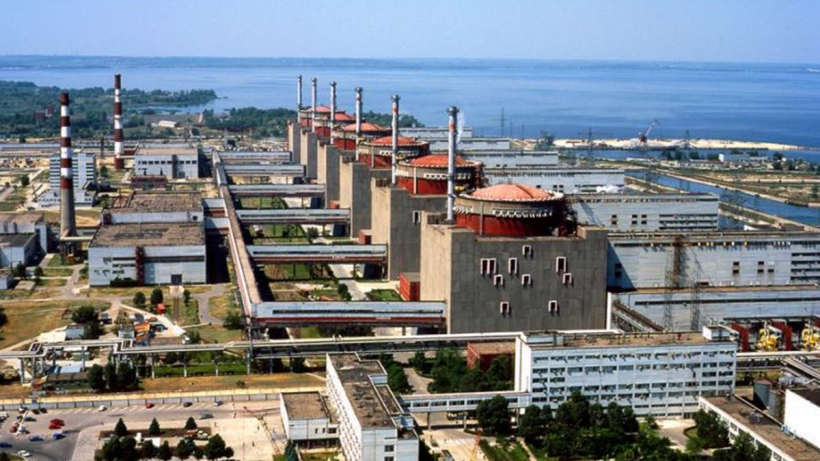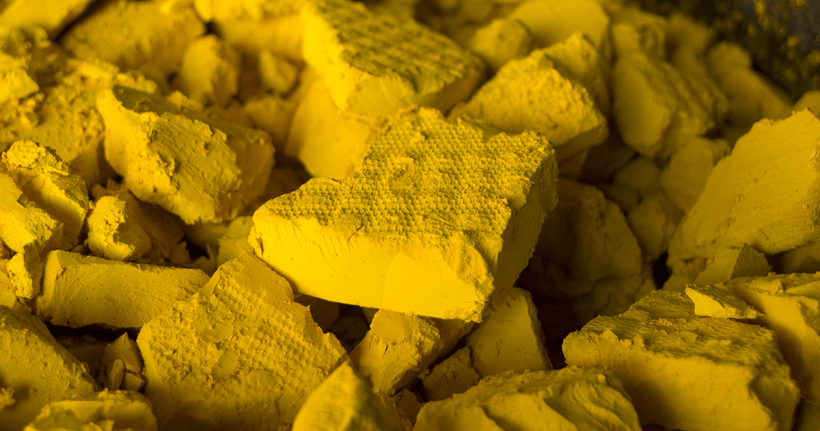The IAEA vehicle struck by a drone within the Zaporizhzhia region of Ukraine. (Image: X/@ZelenskyyUa)
A drone targeted and damaged an official vehicle of the International Atomic Energy Agency on December 10 as it traveled toward the front line in eastern Ukraine during a rotation of IAEA teams at Ukraine’s Zaporizhzhia nuclear power plant (ZNPP). In a video message, IAEA director general Rafael Mariano Grossi condemned the strike as an “unacceptable” attack on IAEA staff working to prevent a nuclear accident during a military conflict.
Screenshot from a video released by Ukrainian president Volodymyr Zelenskyy shows a fire that broke out at the Zaporizhzhia nuclear power plant on August 11, 2024.
Thick, black smoke pouring from one of the cooling towers at Ukraine’s Zaporizhzhia nuclear power plant over the weekend raised alarm about safety at the facility as the military conflict with Russia continues.
On-site staff from the International Atomic Energy Agency witnessed the smoke and reported hearing multiple explosions at Zaporizhzhia, which is the largest nuclear plant in Europe and one of the largest worldwide.
Mersin Province (in red) in Turkey. (Image: TUBS)
While commissioning began earlier this year at Turkey’s first nuclear plant, new reports say the project is delayed by sanctions against Russia due to its military invasion of Ukraine.
Ukraine's Zaporizhzhia nuclear power plant, prewar. (Photo: Energoatom)
An external radiation monitoring station was taken out by shelling and fire near the Zaporizhzhia nuclear plant in Ukraine the last week of June.
This brings the total to four of the plant’s 14 radiation monitoring sites that are out of commission, further reducing the effectiveness of its off-site capability to detect and measure any radioactive release during an emergency, said IAEA director general Rafael Mariano Grossi.
The Zaporizhzhia nuclear power plant. (Photo: Energoatom)
An official from Russia’s state-owned nuclear power company Rosatom said this week that there are no current plans to reopen the Zaporizhzhia nuclear power plant in Ukraine.
Uranium yellowcake is used in the preparation of uranium fuel that is used in nuclear reactors. (Photo: DOE)
On May 13, President Biden signed the Prohibiting Russian Uranium Imports Act, unlocking the $2.72 billion that Congress conditionally appropriated in March to increase production of low-enriched uranium (LEU) and high-assay low-enriched uranium (HALEU).
The Capenhurst site in Cheshire, England. (Photo: Urenco)
The U.K. government this week announced a $245 million (£196 million) award to help Urenco build Europe’s first advanced reactor fuel manufacturing plant, which will be located in northwest England at the company’s Capenhurst site. Urenco, which is part-owned by the U.K. government, will cofund the project.





